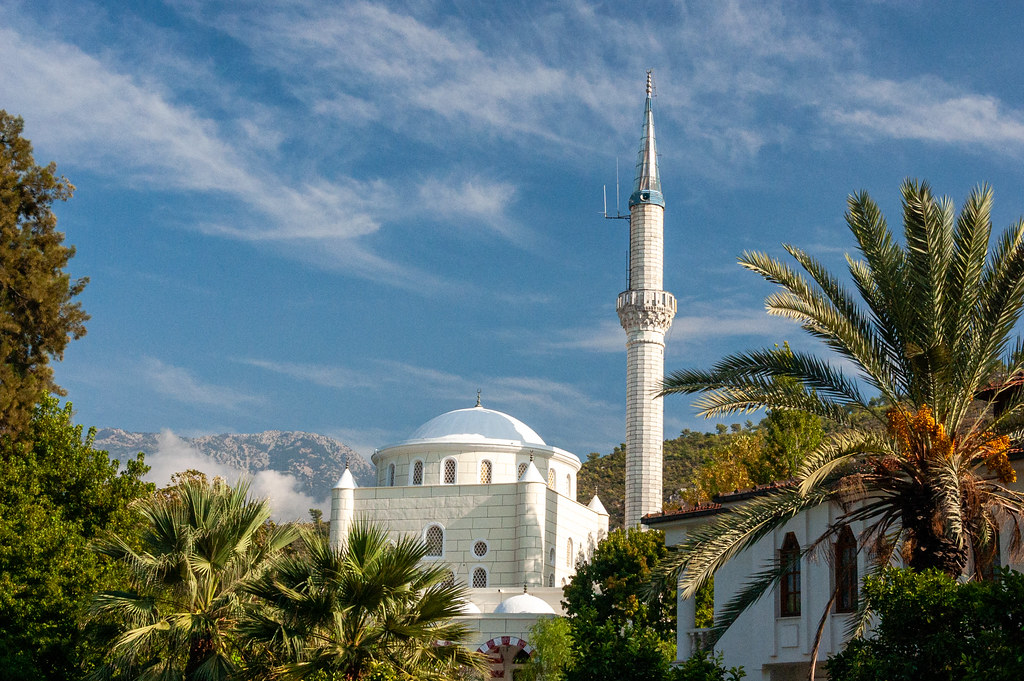Turkey, a land where East meets West, is a country renowned for its rich cultural heritage, striking landscapes, and diverse history. One of its most prominent and captivating features is its mosques, often accompanied by towering minarets, which stand tall across the skyline of both ancient cities and modern metropolises. These structures not only reflect Turkey’s Islamic traditions but also its complex architectural evolution through centuries of Byzantine, Ottoman, and modern influences.
The history of mosques in Turkey, is deeply intertwined with the rise of Islam and the expansion of the Ottoman Empire. Before the Ottomans, the Seljuk Empire, which governed parts of Anatolia from the 11th to 13th centuries, introduced early forms of Islamic architecture. However, it was during the Ottoman period (1299–1923) that mosque construction reached its peak, and these edifices became central to both religious and civic life.
The first mosques in Anatolia were often simple structures. As the Ottoman Empire grew, mosque architecture evolved into a grandiose and highly symbolic art form. By incorporating elements from Byzantine architecture, the Ottomans crafted an architectural style that was both distinctively Islamic and yet uniquely Turkish.
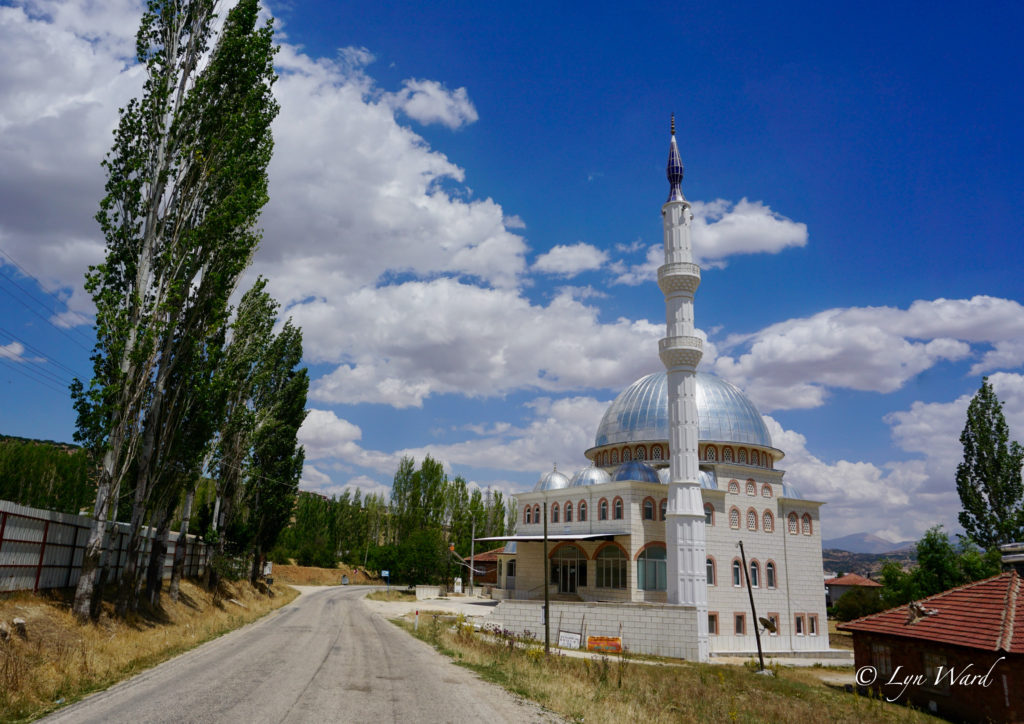

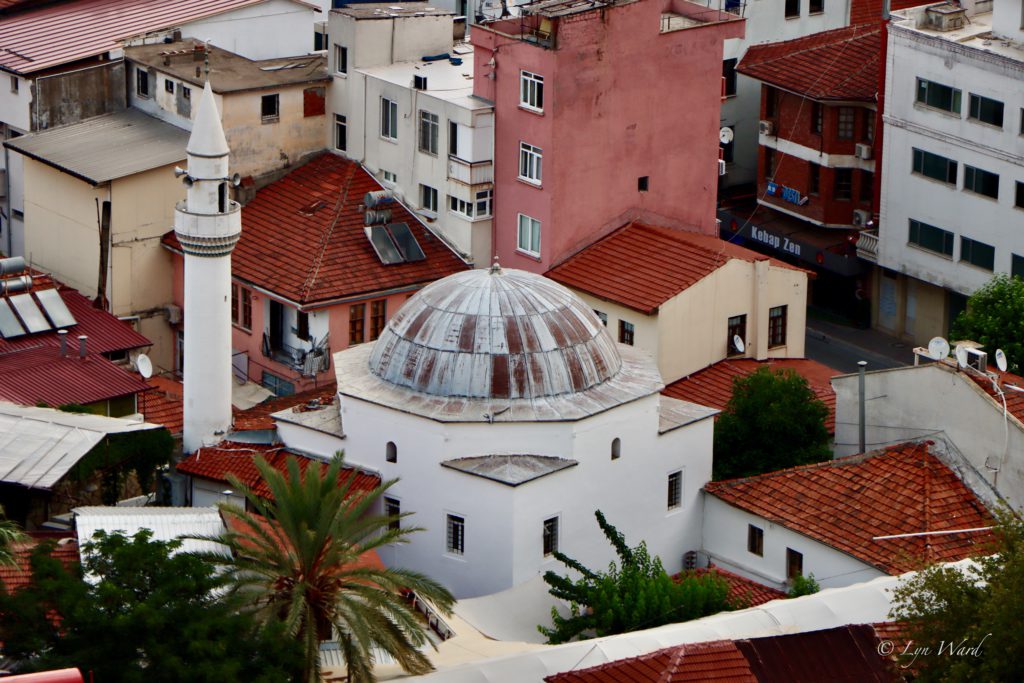
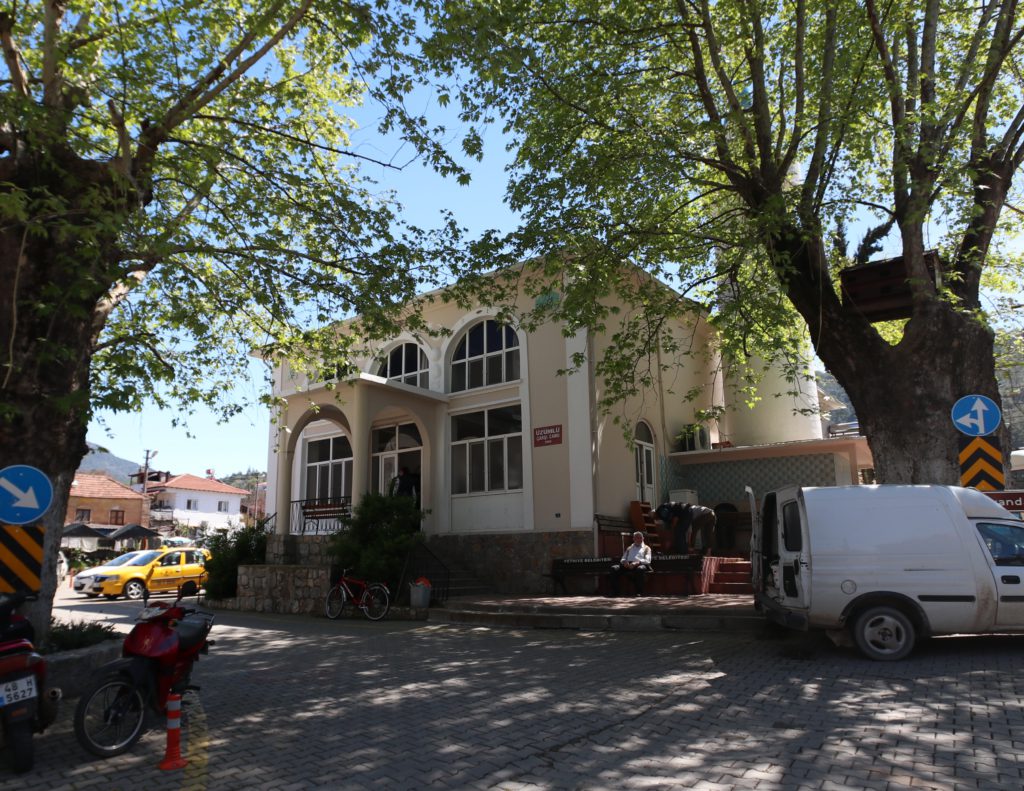
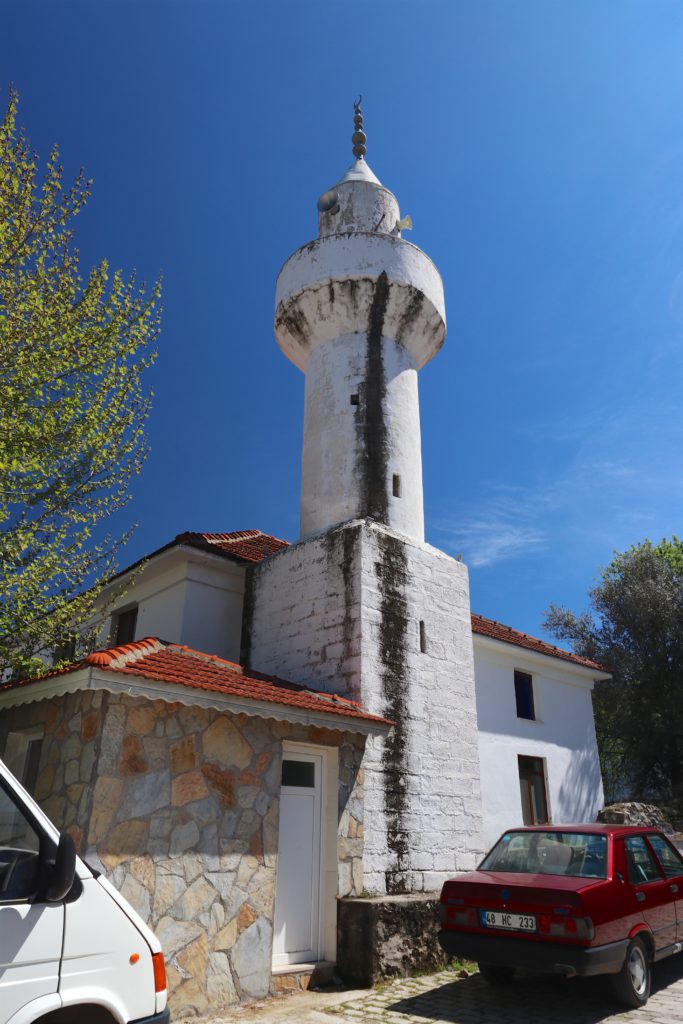
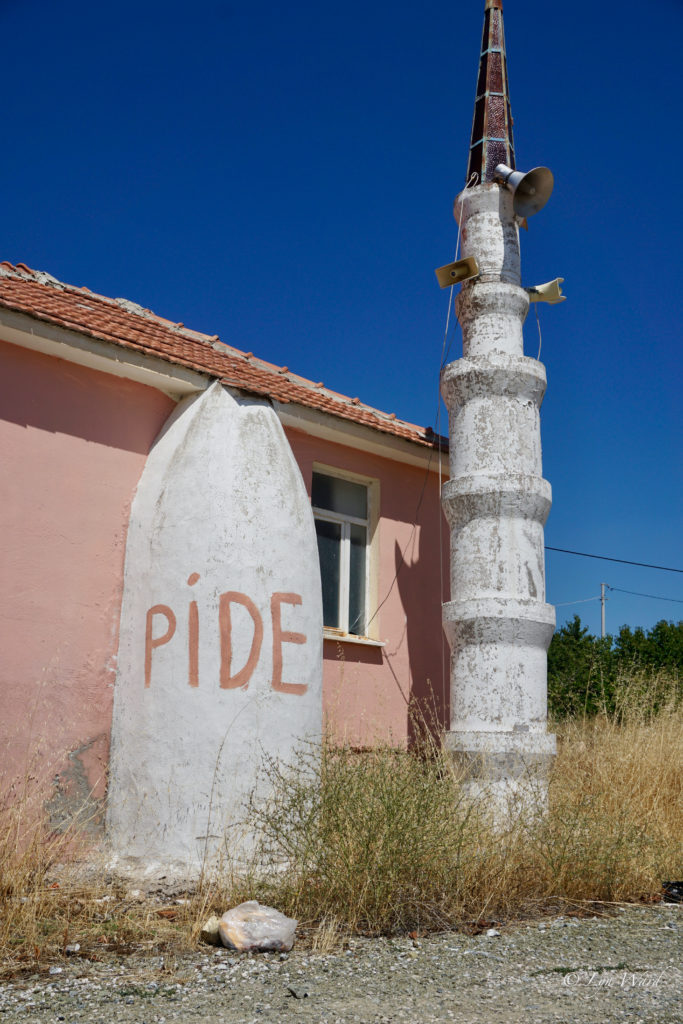

The Role of Minarets
Minarets are a hallmark of mosque architecture and hold both religious and architectural significance. Typically tall and slender towers, minarets are used for the call to prayer (ezan), inviting the faithful to their daily prayers. The number and design of minarets often indicate the mosque’s importance. While smaller mosques may have a single minaret, larger and more prestigious mosques, especially those built by sultans, often feature multiple minarets.
Minarets in Turkey often have a pencil-thin design, a signature of Ottoman mosque architecture, with pointed spires that can be seen from miles away. These structures, however, serve not only a functional purpose but also contribute to the visual splendor of Turkish cities.
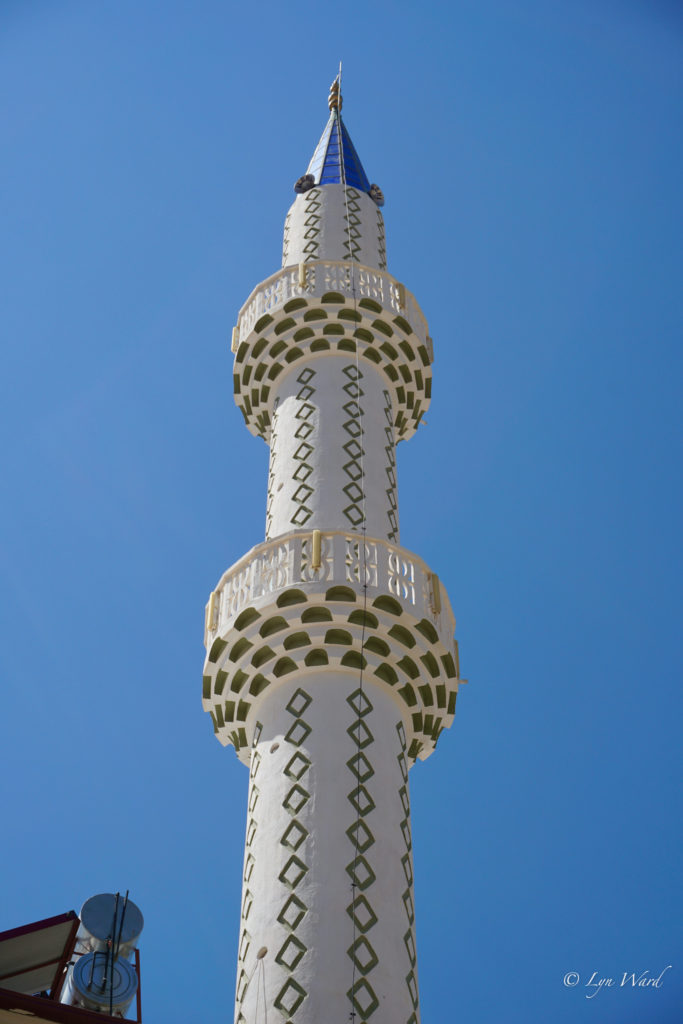
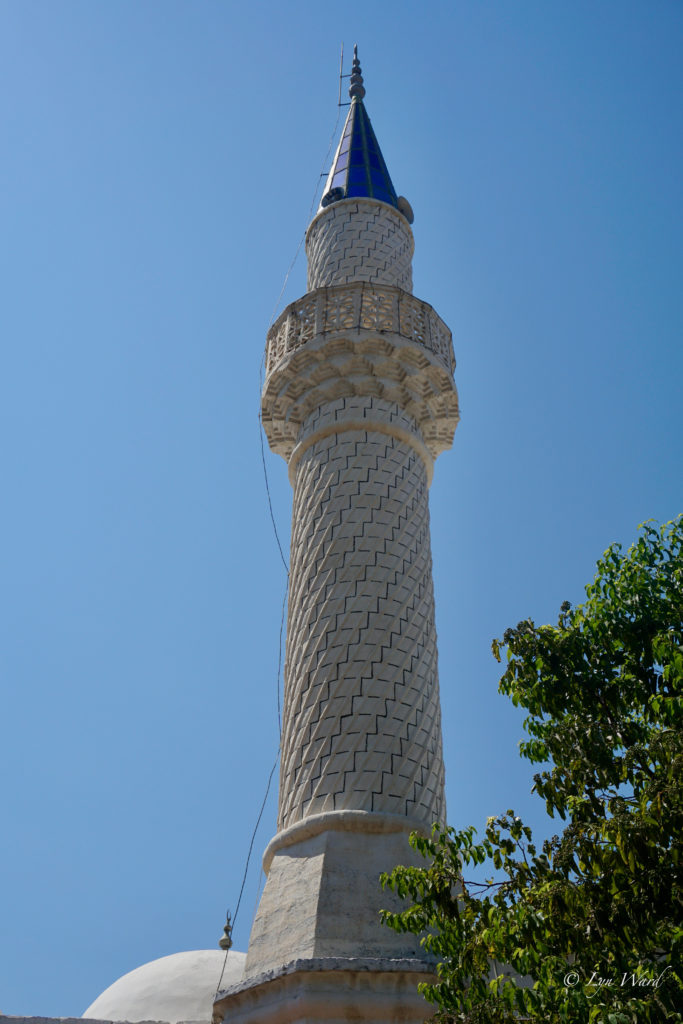

Iconic Mosques and Minarets Across Turkey
1. The Blue Mosque (Sultan Ahmed Mosque) – Istanbul
One of the most famous mosques in Turkey, the Sultan Ahmed Mosque, also known as the Blue Mosque, stands in the heart of Istanbul. Built between 1609 and 1616 during the rule of Sultan Ahmed I, it is an epitome of Ottoman architecture. The mosque is named after the blue tiles that adorn its interior and is one of the few mosques in Turkey to have six minarets, a reflection of its grandeur.
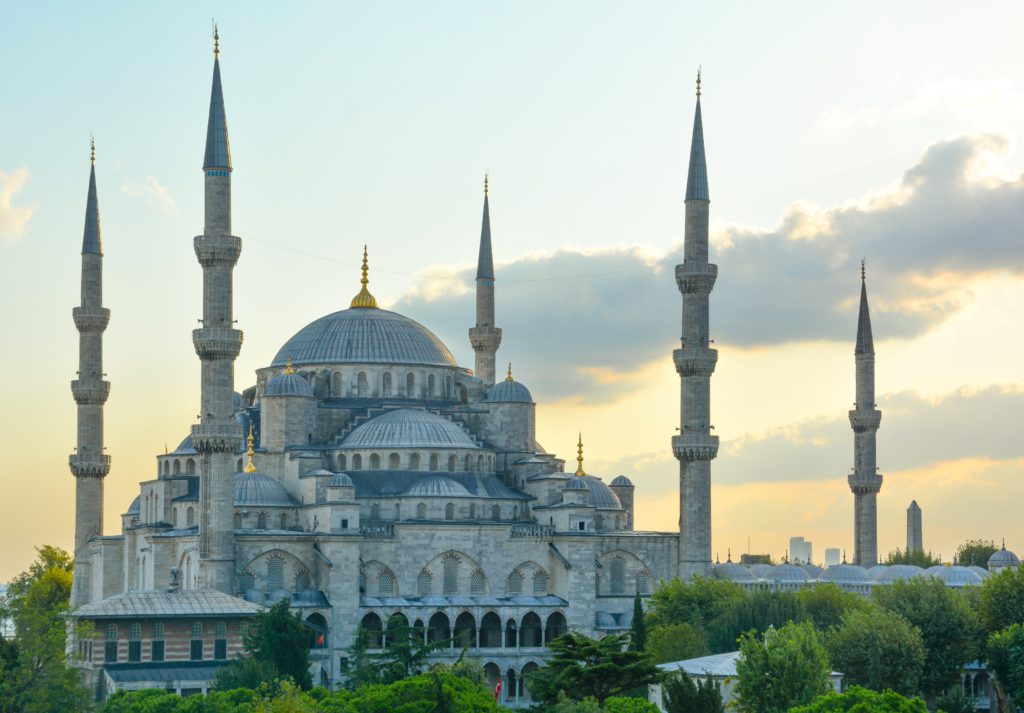
2. Hagia Sophia – Istanbul
Hagia Sophia, arguably the most iconic structure in Turkey , has a long and complex history. Originally built as a Christian basilica by Emperor Justinian I in 537, it was converted into a mosque after the Ottoman conquest of Constantinople in 1453. The Ottomans added minarets to the structure, signaling its transformation into a mosque.
Today, Hagia Sophia serves as a museum and a mosque, showcasing a blend of Christian and Islamic art. Its four towering minarets—added at different stages—complement its massive central dome, creating a breathtaking silhouette over Istanbul.
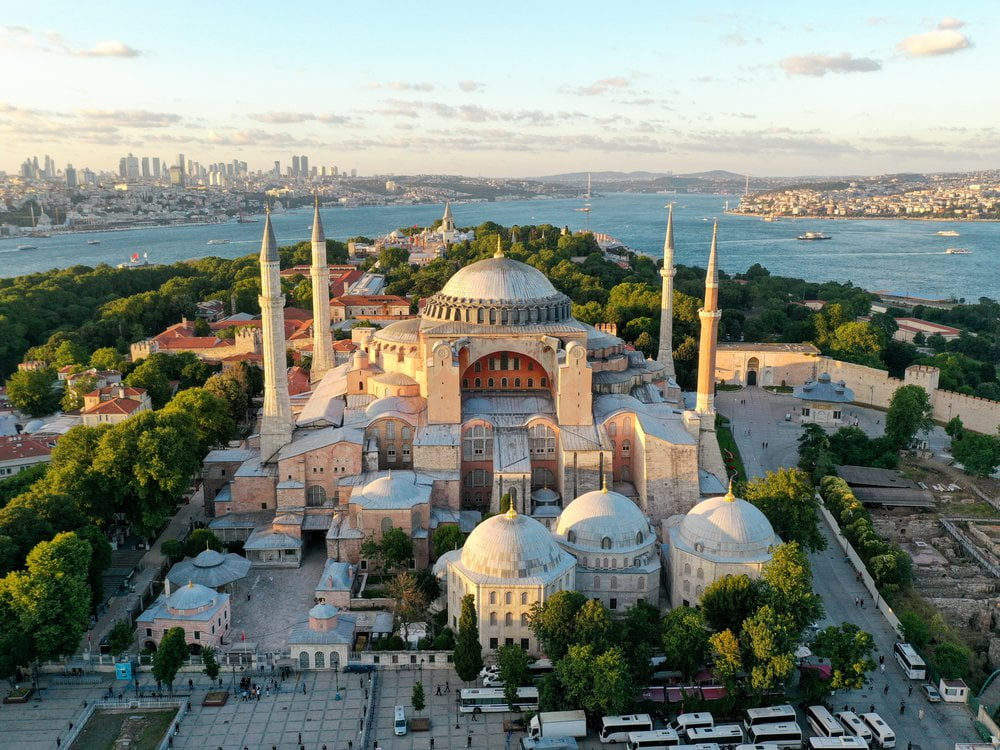
3. Selimiye Mosque – Edirne
The Selimiye Mosque in Edirne, built by the great Ottoman architect Mimar Sinan in the 16th century, is considered one of his masterpieces. With its soaring dome and four towering minarets, the mosque was built to surpass even the Hagia Sophia. The minarets, some of the tallest in the Islamic world at nearly 85 meters, are striking in their slenderness and symmetry.
Sinan himself regarded this mosque as the pinnacle of his architectural career. The central dome is meticulously designed, and the four minarets, placed at each corner of the mosque, highlight the building’s balanced proportions.

4. The Grand Mosque of Bursa (Ulu Cami) – Bursa
The Grand Mosque of Bursa, also known as Ulu Cami, is one of the largest mosques in Turkey and an important early example of Ottoman architecture. Completed in 1399 under Sultan Bayezid I, the mosque has 20 domes, supported by 12 pillars, a departure from the single-dome structure common in later Ottoman mosques.
The mosque has two minarets, each of a different design, which adds to its unique architectural character. It was a prototype for later grand mosques, such as those in Istanbul, but its understated elegance and historical significance make it stand out.
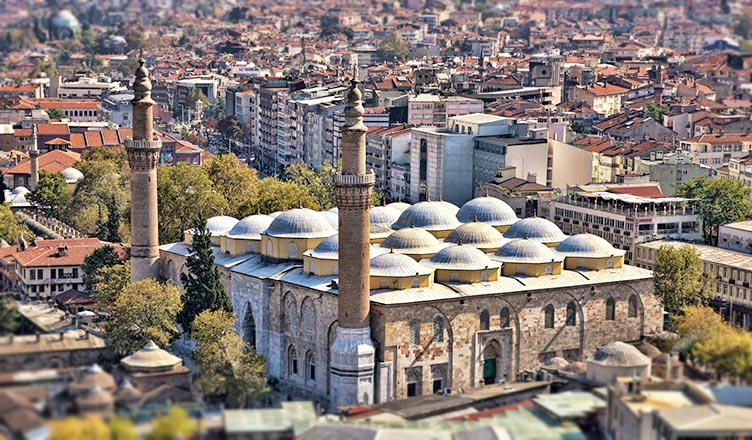
5. Kocatepe Mosque – Ankara
In the capital city of Ankara, the Kocatepe Mosque is a modern addition to Turkey ’s mosque landscape. Completed in 1987, its design follows traditional Ottoman architecture, with four minarets that rise 88 meters into the sky. Though built in contemporary times, Kocatepe’s architecture pays homage to classical Ottoman mosques, with large domes, spacious interiors, and ornately decorated ceilings.
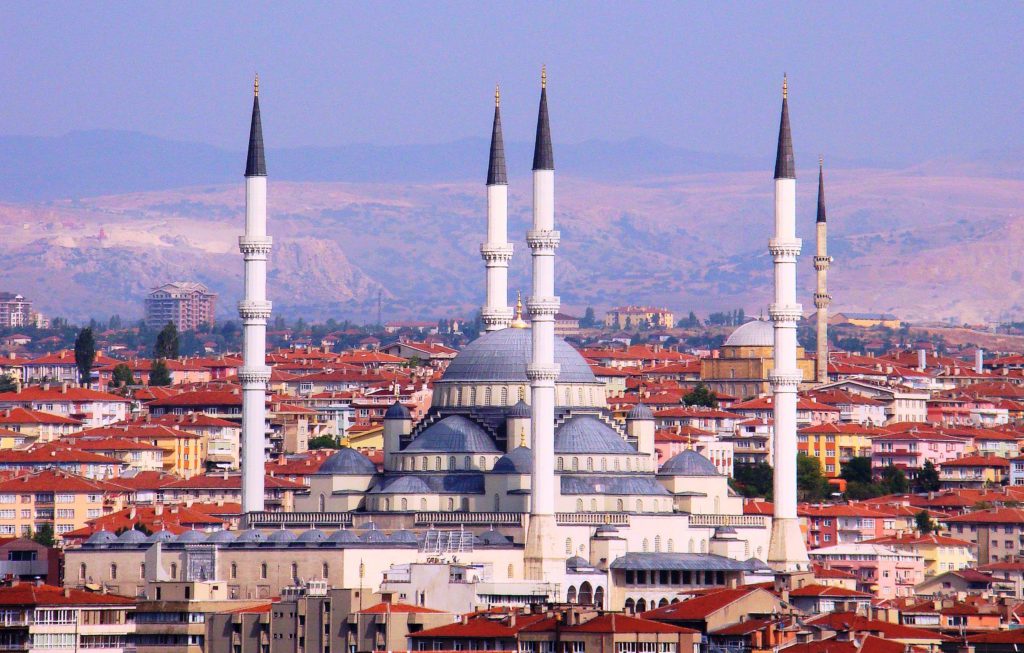
Symbolism and Community Role
Mosques in Turkey are more than places of worship; they are centers of community life. They often feature courtyards, fountains for ablution, and madrasas (religious schools) attached to them. Historically, mosques also served as gathering places for social, political, and educational purposes.
Minarets, on the other hand, symbolize the presence of Islam and serve as a visual and auditory reminder of the faith. The call to prayer, broadcast from the minarets five times a day, ties the rhythm of daily life to religious practice, linking the spiritual with the temporal.
Featured image: Yeni Hamidiye Cami (Mosque) in Fethiye

